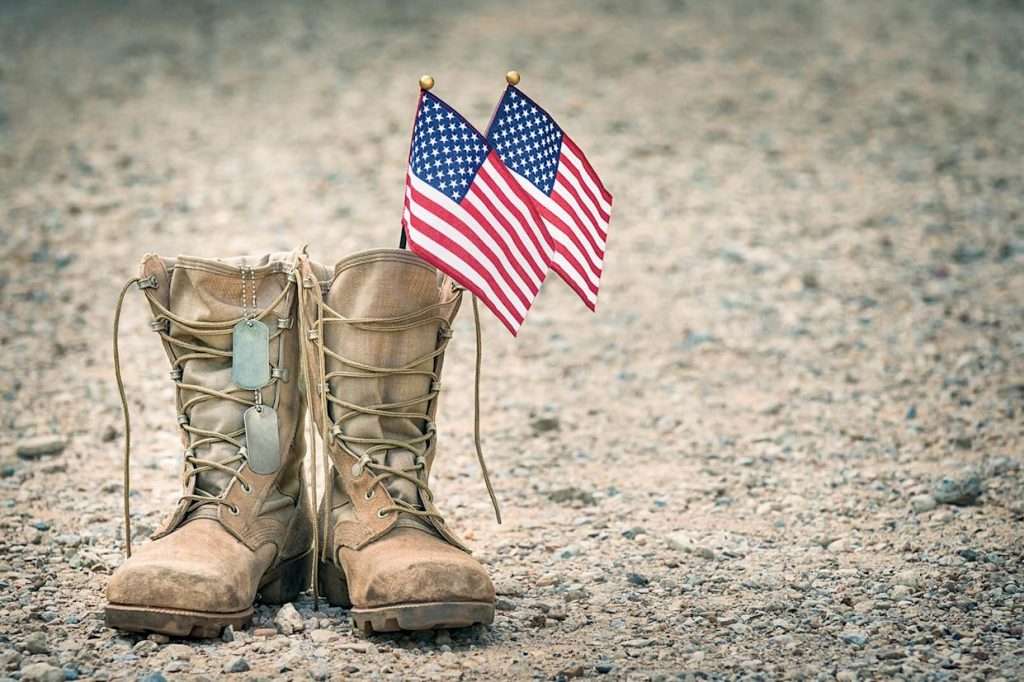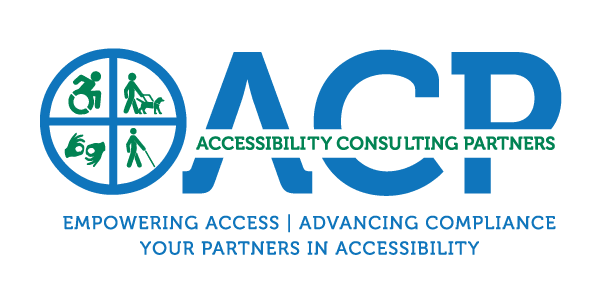Memorial Day: Honoring Those That Served
Memorial Day is a solemn tribute to the men and women who made the ultimate sacrifice in service to the United States. As Americans gather at cemeteries, national parks, and war memorials to pay their respects, this national day of remembrance reminds us of the cost of freedom—and the enduring responsibility to honor it with dignity and inclusivity.
For millions of Americans, particularly veterans living with disabilities, aging adults, and those with limited mobility, participating in Memorial Day observances can still be a challenge. Many monuments, historic cemeteries, and public commemorative events remain inaccessible due to physical, informational, or sensory barriers.
At Accessibility Consulting Partners, Inc., we believe honoring service should never come with barriers. In this article, we examine how Memorial Day commemorations—and the spaces that hold these observances—can and must be designed with accessibility in mind.

A National Day of Honor—and Inclusion
Memorial Day originated after the Civil War, a time when the nation began reckoning with the vast number of fallen soldiers and the need for places of public mourning and tribute. Today, more than 150 national cemeteries and thousands of local memorials across the country serve as sites of remembrance.
But while these sites preserve our military history, many were constructed before accessibility was codified into law. As such, access for people with mobility, vision, hearing, and cognitive disabilities is not always guaranteed.
The Americans with Disabilities Act (ADA), passed in 1990, set clear standards for physical access and equal participation in public life. Yet, enforcement remains uneven, particularly at historic or independently maintained memorials. Without proper planning, even new construction can fail to meet the full spirit of inclusion.
“Physical barriers at places of remembrance unintentionally send a message—that some people belong and others don’t.”
— Inclusive Historian’s Handbook
Why Accessibility Matters on Memorial Day
Accessibility is not just a legal requirement—it is a moral imperative. It communicates to veterans with disabilities, Gold Star families, aging survivors, and their loved ones that they are welcome, recognized, and included.
Consider the following:
- 1 in 4 adults in the United States lives with a disability.
- Over 4.7 million U.S. veterans receive disability compensation.
- (U.S. Department of Veterans Affairs)
- More than half of veterans over the age of 75 have some form of physical limitation.
Considering these numbers, ensuring physical, sensory, and cognitive access during Memorial Day commemorations is not just inclusive—it is necessary for national equity.
Common Accessibility Challenges at Memorial Sites
Many historic memorials and cemeteries were built before accessibility was standard practice. This often results in:
- Stairs without alternative ramps or lifts
- Uneven walking surfaces such as cobblestones or gravel
- Lack of accessible restrooms
- Inadequate signage for blind or low-vision visitors
- No assistive listening devices for public ceremonies
- Insufficient parking and pathways for wheelchair users
These barriers prevent millions of Americans from fully engaging in Memorial Day traditions and honoring those they came to remember.
Designing Memorials with Dignity: Case Studies
Several sites across the country are leading by example in designing for access while preserving solemnity and tradition:
1. FDR Memorial, Washington, D.C.
Includes tactile elements, wider paths, and braille inscriptions. A comprehensive accessibility report was issued by the FDR Memorial Legacy Committee.
Link: fdrmemoriallegacy.com
2. National World War II Memorial
Offers level, paved pathways, accessible restrooms, and interpretive signage.
Link: NPS Accessibility
3. ABMC Overseas Cemeteries
The American Battle Monuments Commission has modernized several facilities with accessible entrances, restrooms, and virtual tours.
Link: abmc.gov
Event Planning: Making Memorial Day Ceremonies Accessible
Physical access is only part of the equation. Memorial Day ceremonies must also consider programmatic inclusion—ensuring equal participation for attendees with various needs.
Best practices include:
- Live captioning or ASL interpreters
- Audio description for ceremonies
- Programs in large print or braille
- Quiet zones or sensory-friendly areas
- Accessible shuttles and transportation services
- Staff and volunteers trained in disability etiquette
Organizations like the Wounded Warrior Project and Paralyzed Veterans of America support event accessibility nationwide.
Embracing Technology for Remote Participation
While not a replacement for physical access, virtual commemorations remain essential for homebound individuals, rural residents, or those with chronic conditions.
Livestreaming parades, providing online tours of memorials, and maintaining digital guest books or memory walls are powerful tools that enable broad participation.
Final Thoughts: A Call to Action
As we honor the legacy of fallen service members, let us do so in a way that respects every American’s right to remember.
True accessibility isn’t about checking a box—it’s about empathy, foresight, and unity. It’s about ensuring a disabled veteran can lay a wreath for a fallen comrade, allowing a child with low vision to read the names etched in stone, and offering every citizen the chance to reflect and connect.
This Memorial Day—and every day—we commit to breaking down barriers so that remembrance is universal.
